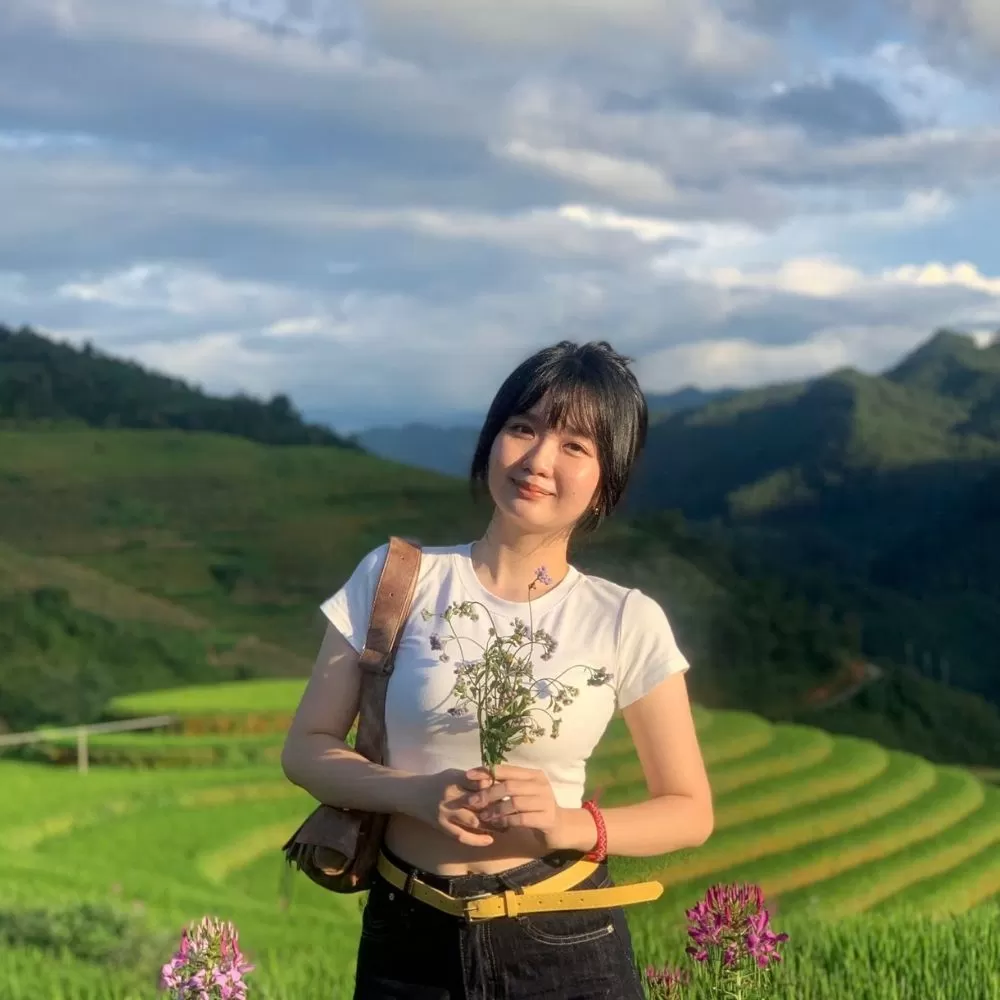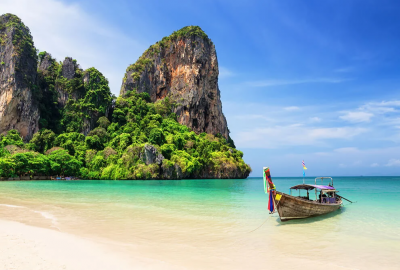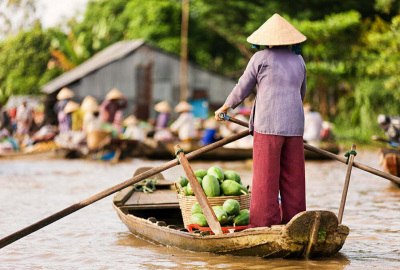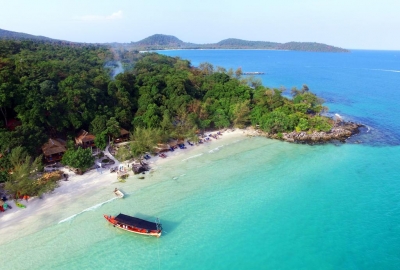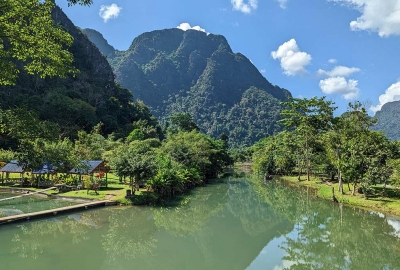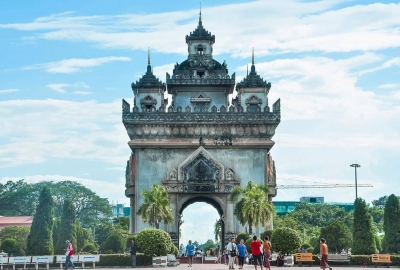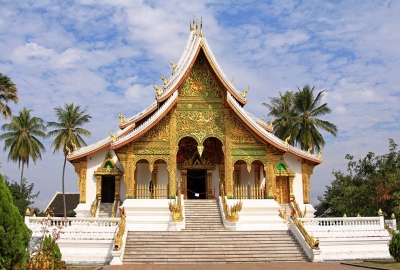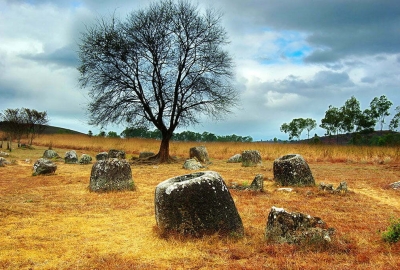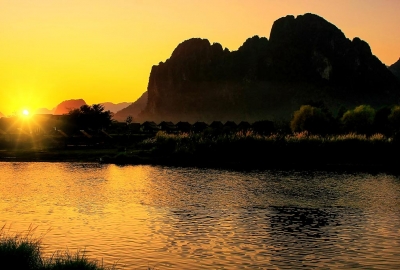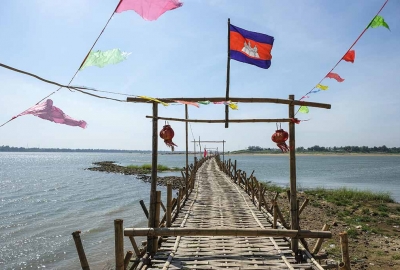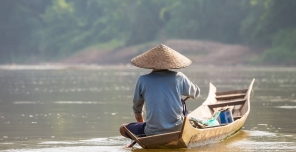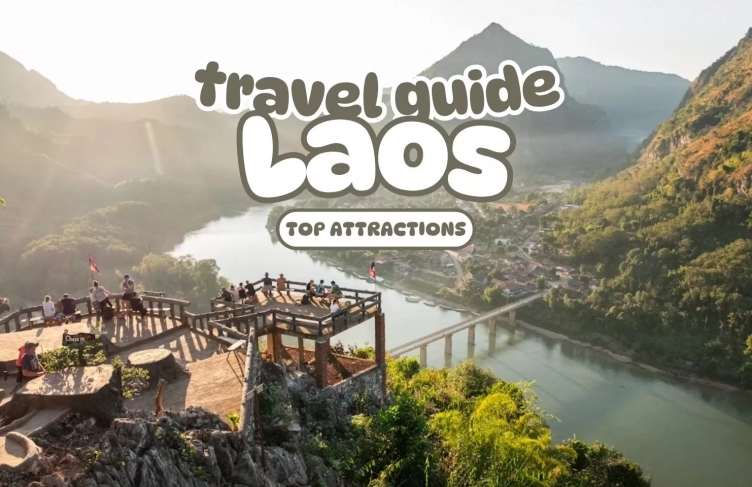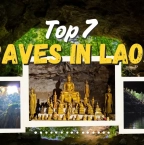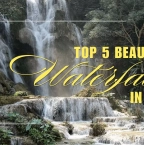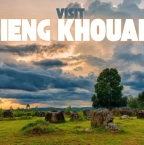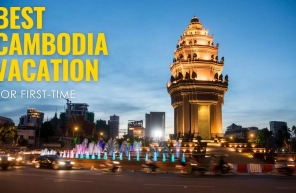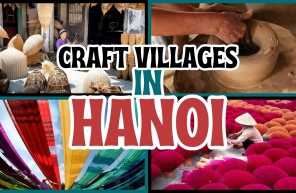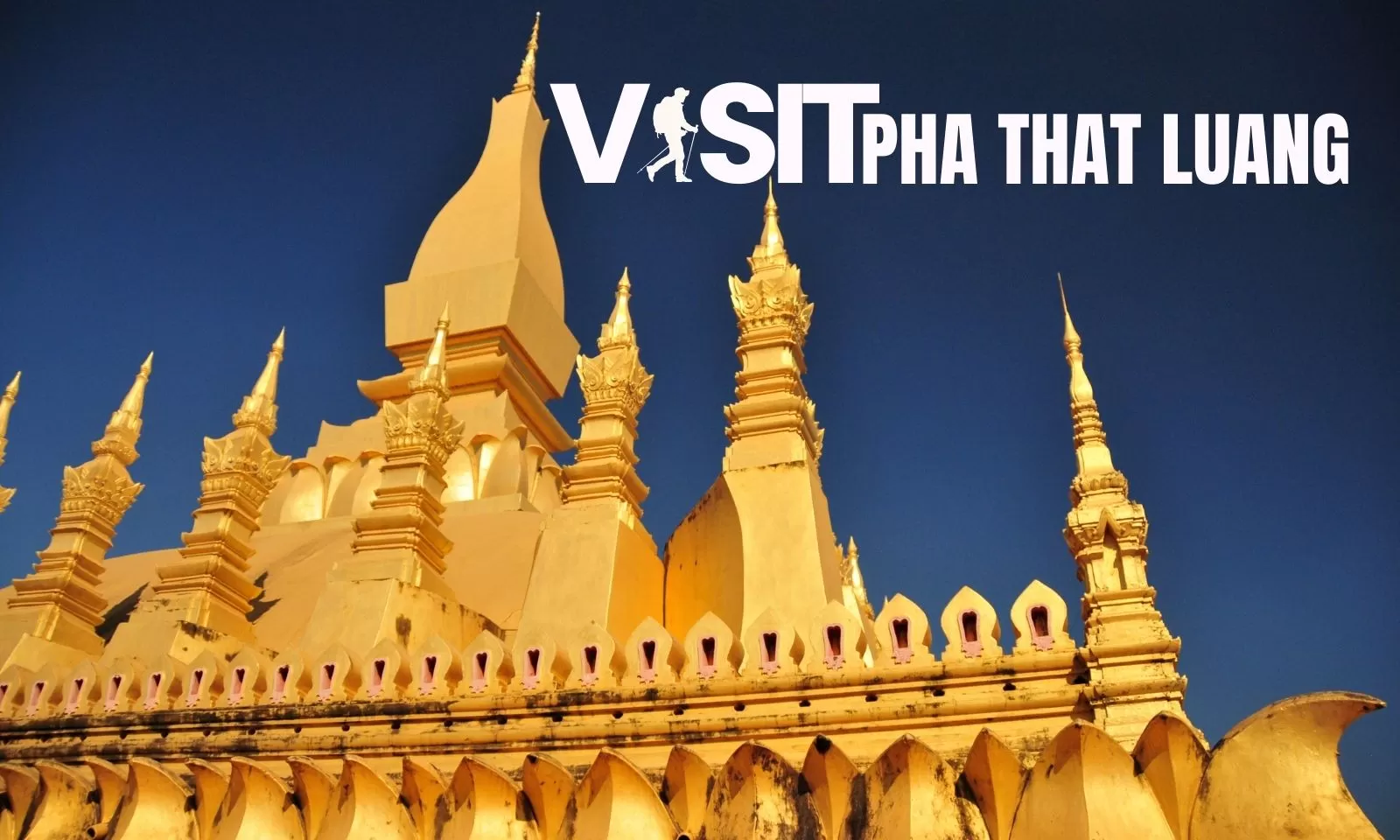
Visit Pha That Luang: A must-see cultural site in Laos

Among the many cultural treasures in Laos, one stands out for its spiritual, historical and architectural significance. Located in the heart of Vientiane, Pha That Luang is not just a golden stupa—it is the national symbol of Laos and a sacred site deeply rooted in Buddhist tradition. Travelers seeking an authentic cultural experience should take the time to visit Pha That Luang and witness the grandeur of Laos religious architecture. Whether you’re interested in history, spirituality, or stunning landmarks, this monument offers a meaningful glimpse into the soul of the nation.
In this article, we’ll explore what makes Pha That Luang a must-see destination on your Laos itinerary.
Table of Contents
Pha That Luang – The symbol of Laos
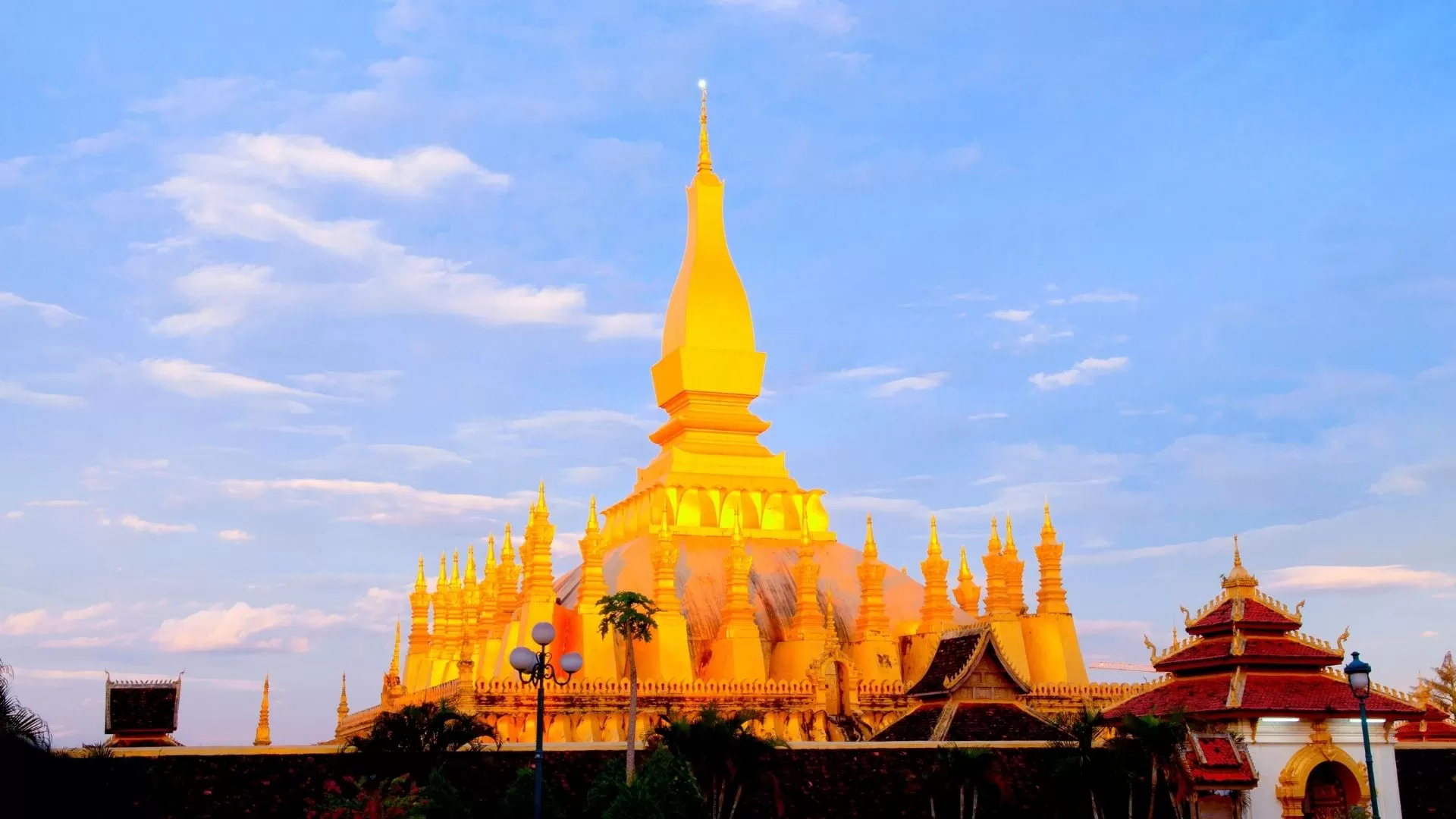
Pha That Luang, meaning “Great Sacred Stupa,” is universally regarded as the most important national monument in Laos. It stands not only as a religious site but also as a powerful symbol of national pride, unity and resilience. Originally believed to have been a Hindu temple in the 3rd century, the site was transformed into a Buddhist sanctuary in the 16th century under King Setthathirath, who relocated the capital to Vientiane. He built the massive stupa to house what is believed to be a sacred relic of the Buddha.
Over the centuries, the stupa endured wars, invasions and destruction—particularly during the colonial periods—but it was faithfully restored to its former glory in the 1930s. Today, it stands as a proud testament to the enduring spirit of the Laos people and their unwavering devotion to Buddhism. Its image is even featured on Laos' national currency, the kip, underscoring its importance as a symbol of national identity.
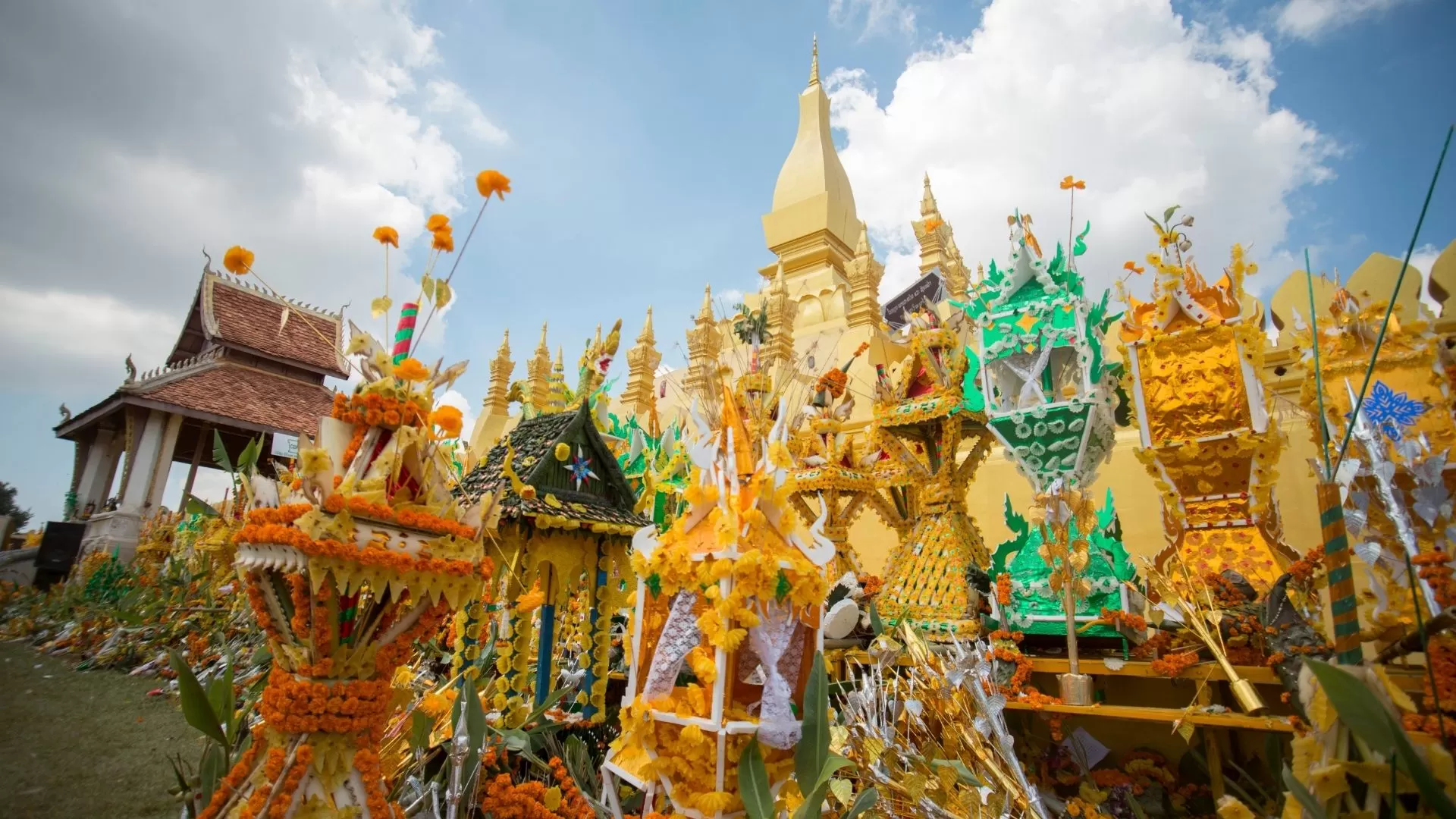
One of the best times to visit Pha That Luang is during the That Luang Festival, the most important religious celebration in Laos, usually held around the full moon of the 12th month in the Buddhist calendar (typically late October or early November). This week-long event includes spiritual ceremonies such as the procession of the Pha Sat Phong stupa, offerings to thousands of monks, and a candlelight procession around the stupa in the evening. The festival also features vibrant cultural activities including traditional Lao music and dance, local fairs, and the Ti Khi game—a symbolic hockey match representing harmony and prosperity. It’s a meaningful time to experience the deep-rooted spirituality and festive spirit of Laos culture.
In addition to visiting Pha That Luang, if you're looking to explore more of Laos' spiritual and architectural treasures, don't miss these top 7 must-visit temples in Laos that showcase the country's rich heritage.
Explore the architecture of the Golden Stupa
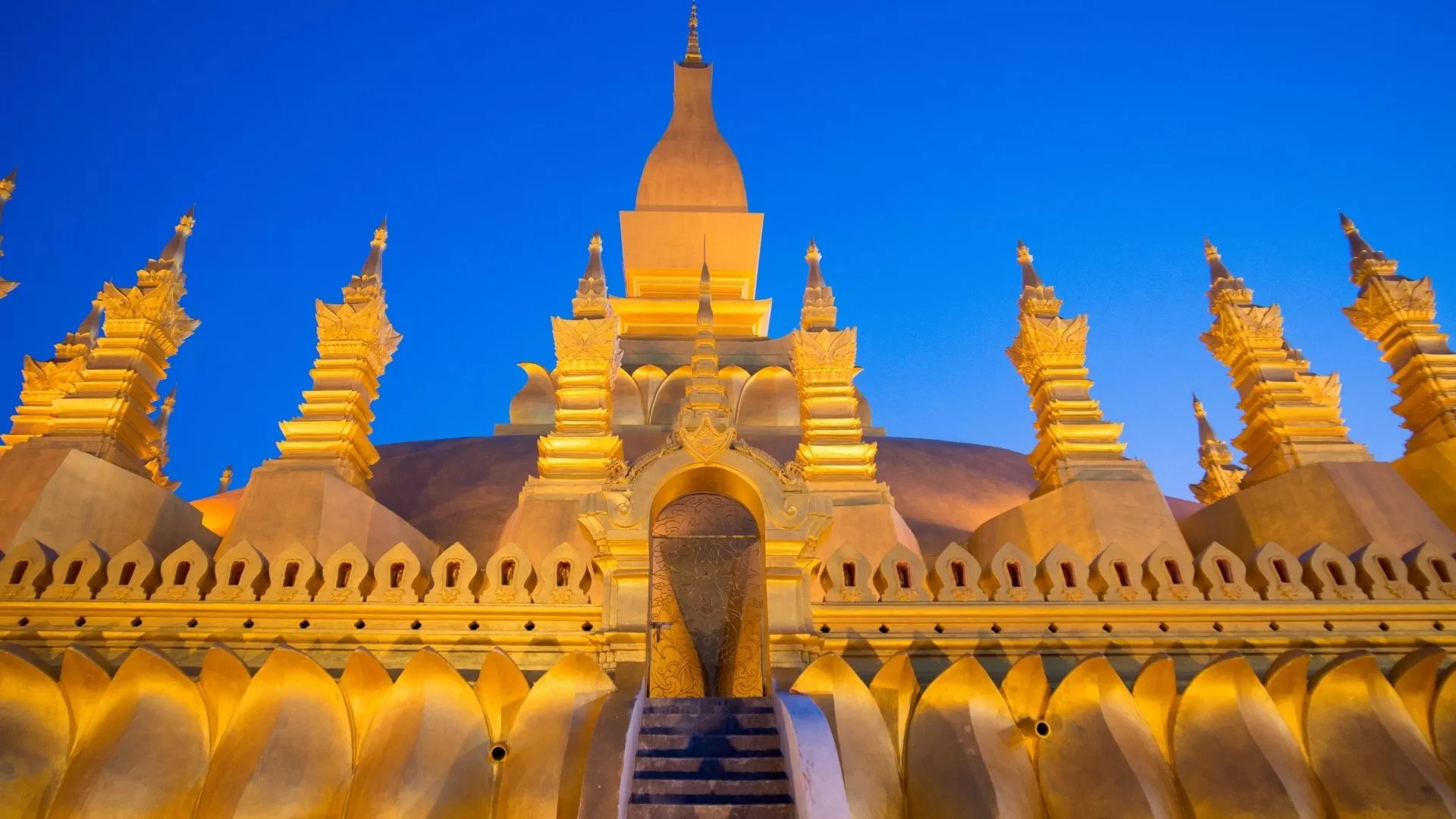
The architecture of Pha That Luang is as captivating as its history. From a distance, the golden stupa dominates the skyline, but up close, its symbolic structure and intricate details come to life. Standing 45 meters tall, the main stupa is layered in three tiers, each representing a different plane of existence in Buddhist cosmology: the realm of desire, the realm of form, and the formless realm. At its pinnacle sits a lotus-shaped spire, covered in gold leaf, symbolizing purity and enlightenment.
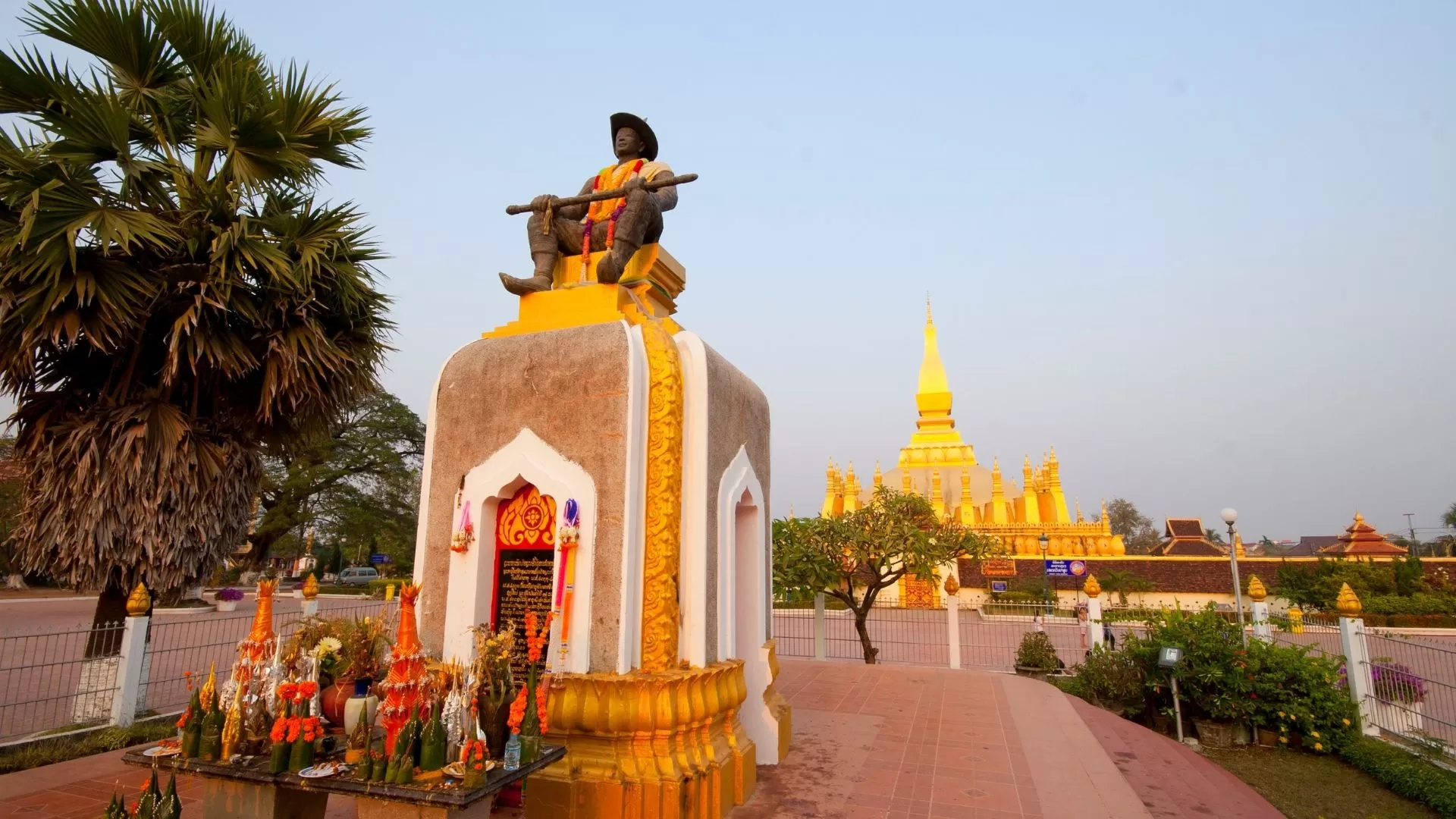
The Pha That Luang monument is surrounded by 30 smaller stupas, signifying the 30 perfections in Buddhist practice. These smaller structures form a protective circle around the central tower, much like a spiritual mandala. Around the complex, you'll find majestic gates, ancient walls, and several ornate shrines that feature traditional Laos carvings, naga (serpent) guardians, and depictions of Buddhist tales. Statues of King Setthathirath stand proudly on the grounds, honoring his legacy as the visionary ruler who commissioned the current form of the monument.
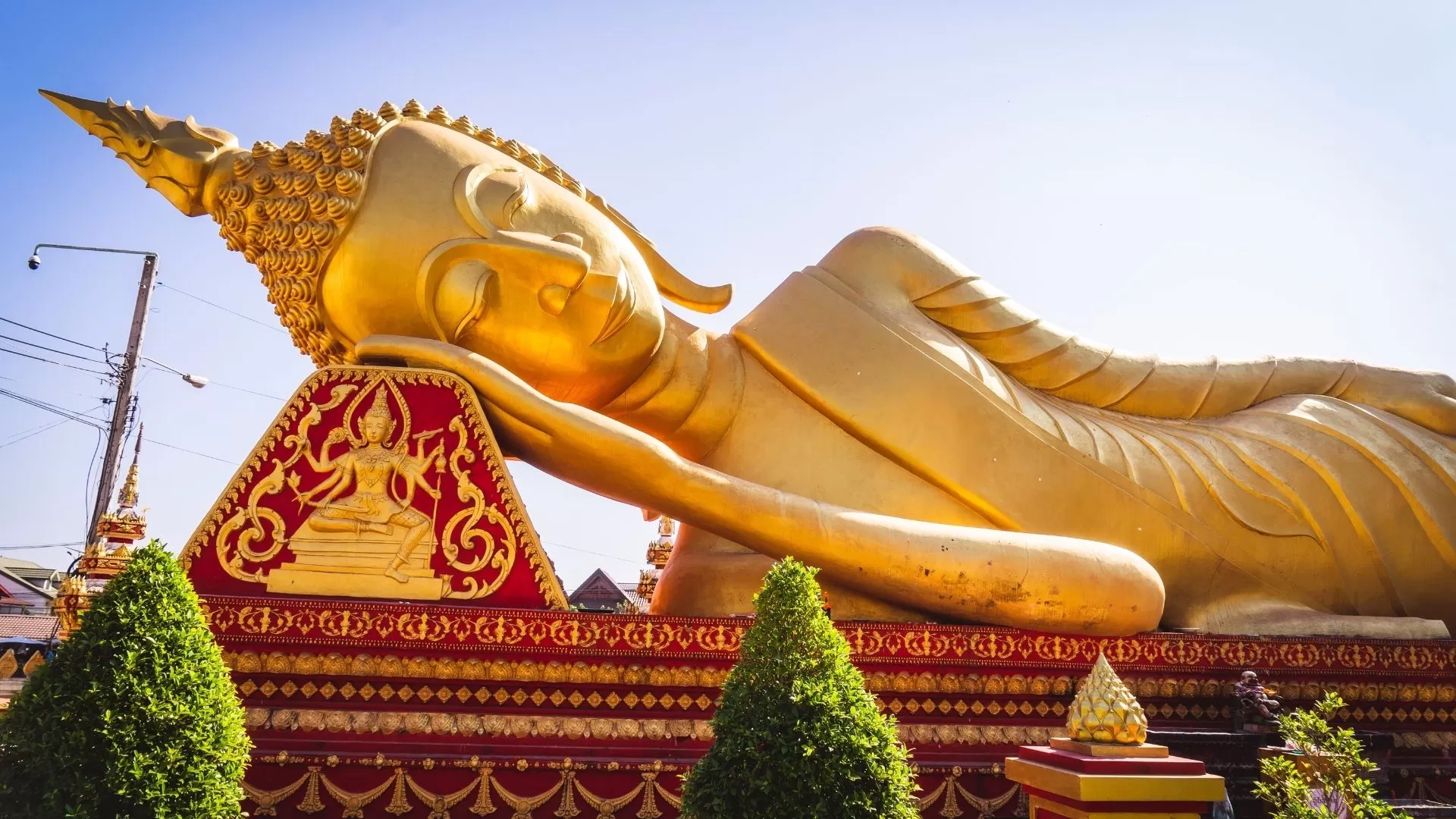
To the side of the main stupa is a massive reclining Buddha statue, painted in gold and exuding serenity. This peaceful corner offers visitors a tranquil moment for contemplation. The surrounding courtyard, with its neat gardens and sacred pavilions, invites you to walk slowly and absorb the spiritual energy of the site. Unlike the towering spires of Thai temples or the intricate pagodas of Vietnam, Pha That Luang reflects Laos minimalism—elegant, bold, and meaningful.
Want to explore Pha That Luang and other cultural gems of Vientiane? If you're eager to immerse yourself in the rich history and architecture of Laos, consider booking a guided tour of Hanoi Voyages that covers not only Pha That Luang but also other iconic landmarks of Vientiane. Panorama of Laos 14 days - A concentration of must-see sites, magical landscapes, and traditions that will surely transport you! Laos family tour 18 days - Discover northern Laos, its charm, and its nature. Its ethnic groups and authentic markets will leave you speechless Combined Cambodia Laos 18 days - Exploring Siem Reap, the jewels of ANGKOR and panorama of Laos via Cambodia Laos tour 18 days For more details on tour options, contact Hanoi Voyages and start planning your trip today! |
Essential tips for visiting Pha That Luang
Visiting Pha That Luang is a meaningful cultural experience, and being prepared will help you make the most of it. Here are some practical tips to ensure a smooth and respectful visit:
How to get to Pha That Luang
Tuk-tuk or taxi: Easy to find and convenient; expect to pay around 30,000–50,000 kip depending on your negotiation skills.
Bicycle or motorbike: Great for adventurous travelers. Rentals are widely available in Vientiane.
Public transport: Limited, but local buses or shared songthaews might pass nearby.
Opening hours & entrance fee
📅 Open daily:
Morning: 8:00 AM – 12:00 PM
Afternoon: 1:00 PM – 4:00 PM
💵 Entrance fee: 50,000 KIP (~ $2,3 USD) per person.
Dress code & visitor etiquette
Visitors to Pha That Luang should dress modestly, ensuring that shoulders and knees are covered regardless of gender. Before entering temple buildings or inner sanctums, it’s customary to remove your shoes as a sign of respect. Photography is generally allowed in the outdoor areas, but discretion is advised in sacred zones to avoid disrupting worshippers. While exploring the complex, speak softly, refrain from touching religious objects or statues and avoid public displays of affection to maintain a respectful atmosphere.
Best time to visit
The ideal times to visit Pha That Luang are early in the morning before 10 AM or later in the afternoon after 3 PM, when the weather is cooler and the lighting is perfect for photography. Midday visits, especially from March to May, should be avoided due to the intense heat that can make outdoor exploration uncomfortable.
Nearby attractions to explore in Vientiane
After visiting Pha That Luang, take time to explore other cultural landmarks in Vientiane to complete your understanding of the city’s rich heritage.
Patuxai (Victory Monument)
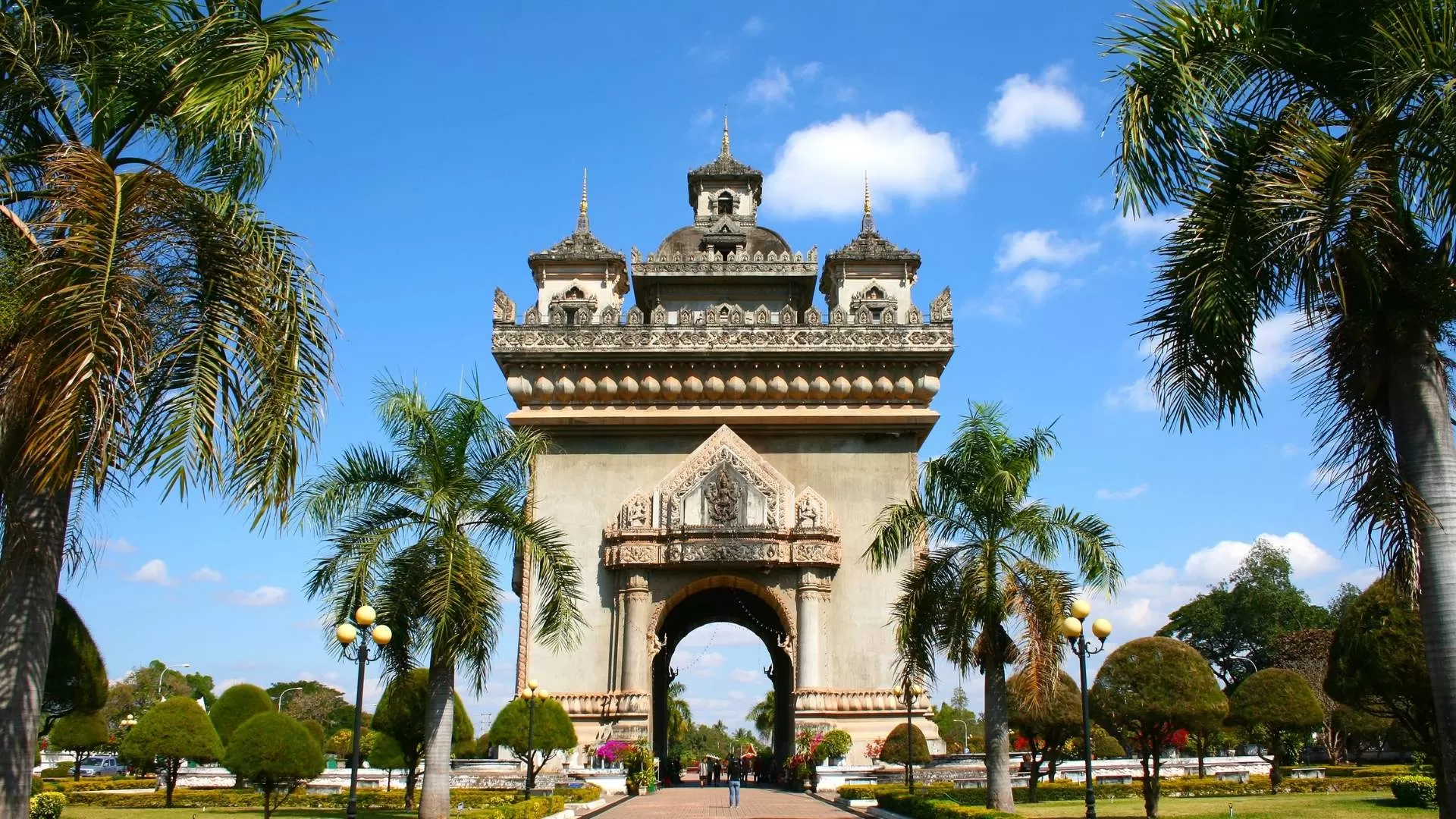
Patuxai, or the Victory Monument, was built between 1957 and 1968 to honor those who sacrificed their lives in Laos' wars for independence. The monument has strong European architectural influences, especially from the Arc de Triomphe in Paris, but is decorated with intricate Laos designs and symbols, such as the Kinnari and Naga. Visitors can climb to the top for sweeping views of Vientiane's skyline.
Wat Si Saket
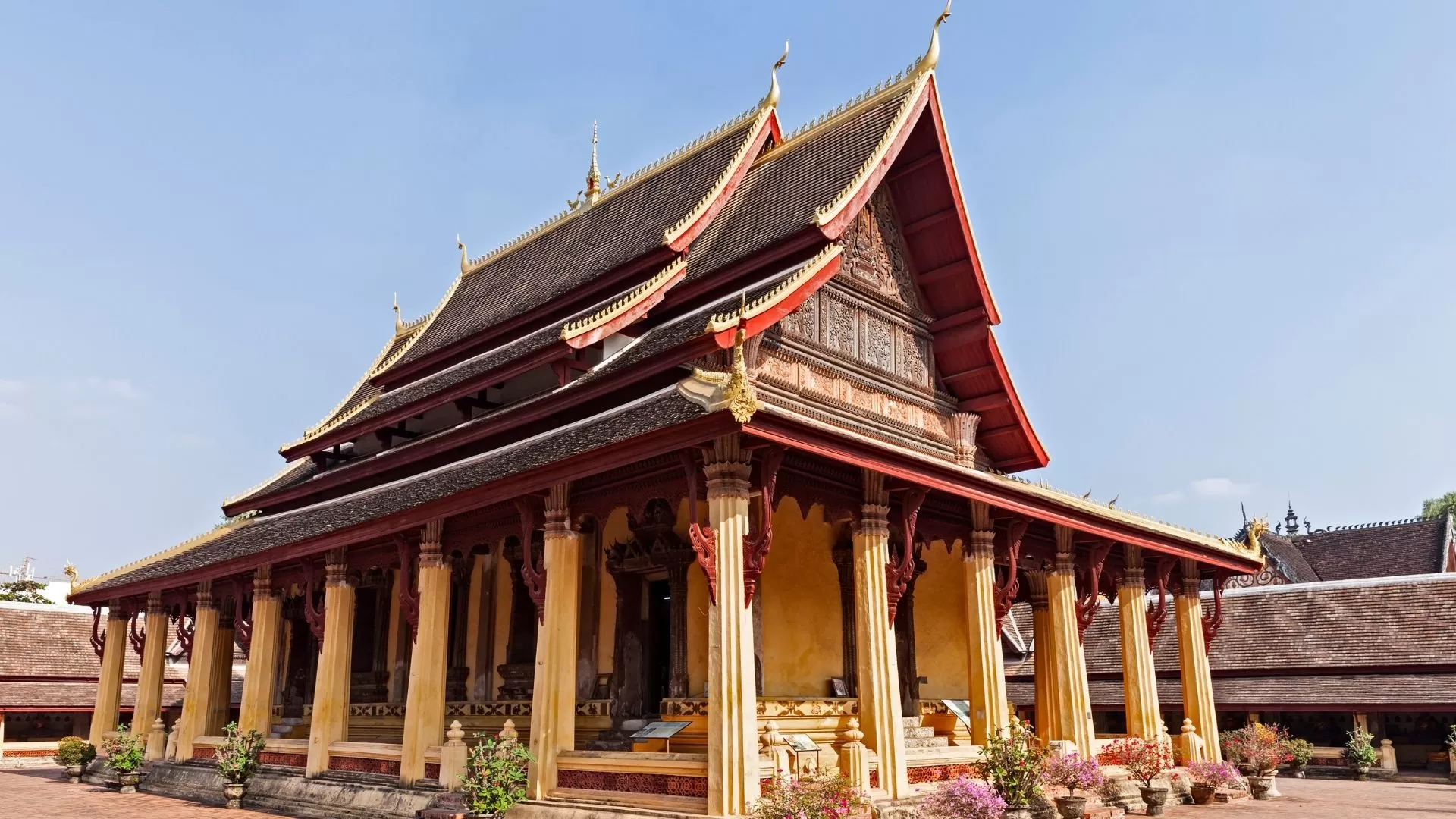
Built between 1819 and 1824 during the reign of King Chao Anouvong, Wat Si Saket is the oldest surviving temple in Vientiane. The temple is famous for its cloistered courtyard, which houses over 6,800 Buddha statues, along with the five-tiered traditional Laos roof. It is an ideal place to learn about the culture and religion of Laos.
Haw Phra Kaew

Haw Phra Kaew was built in 1565 by King Setthathirath when he moved the capital from Luang Prabang to Vientiane. Initially, the temple housed the Emerald Buddha, an important religious symbol of Buddhism. The Emerald Buddha was moved to Thailand in 1779 and is now displayed at Wat Phra Kaew in the Grand Palace in Bangkok.
Visiting Pha That Luang is a must for anyone exploring Laos, offering a profound experience that immerses you in the country’s rich cultural and spiritual heritage. From the majestic golden stupa to the serene surroundings, this sacred site reflects the heart of Laos’ Buddhist tradition and national pride.
Are you ready to explore this iconic landmark and more? Contact Hanoi Voyages to plan your trip and explore Laos’ most iconic landmarks with expert guidance.
Dream about your trip to Asia, in private
We are here to make it happen with youFREE QUOTE, WITHOUT OBLIGATION

